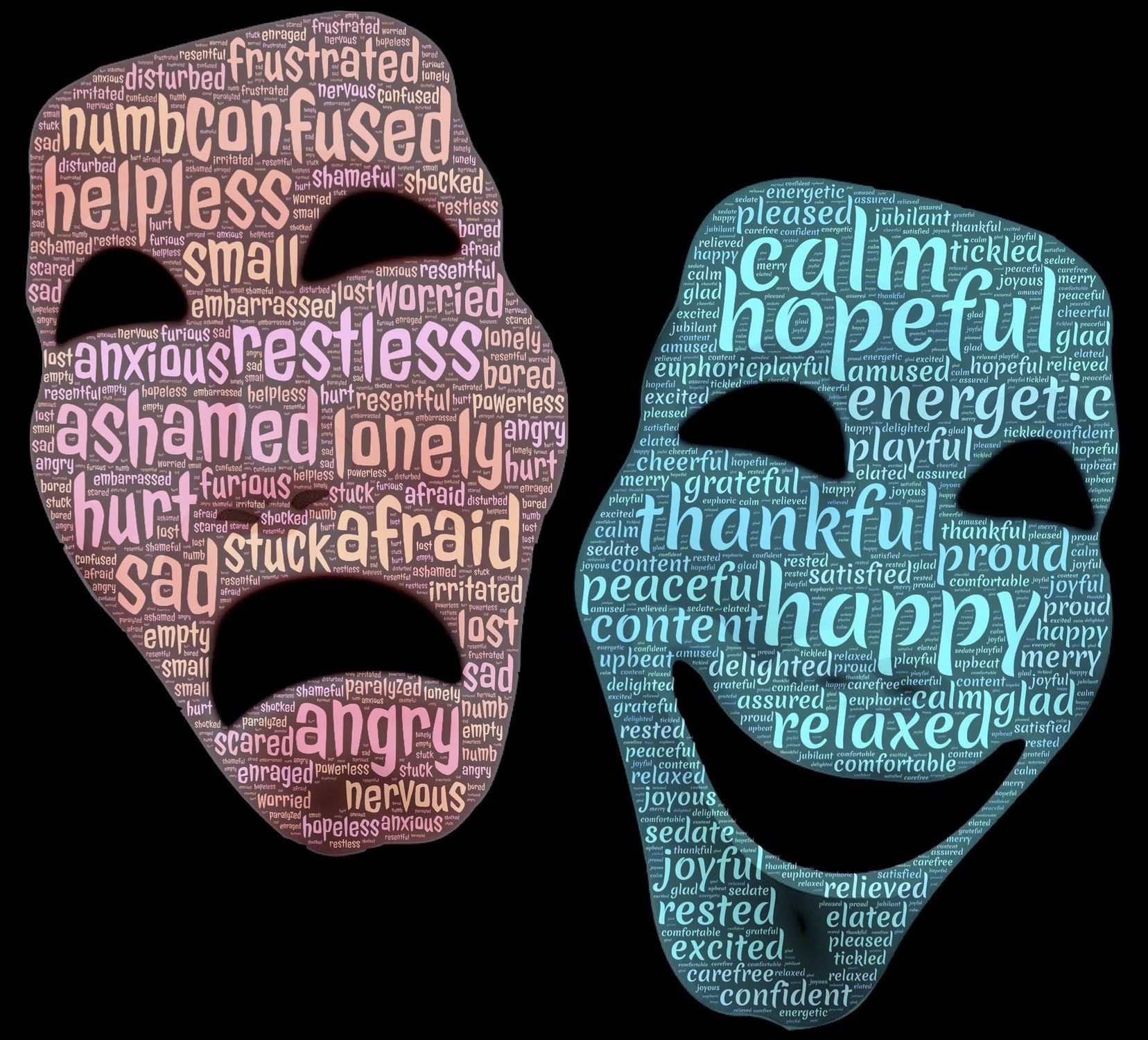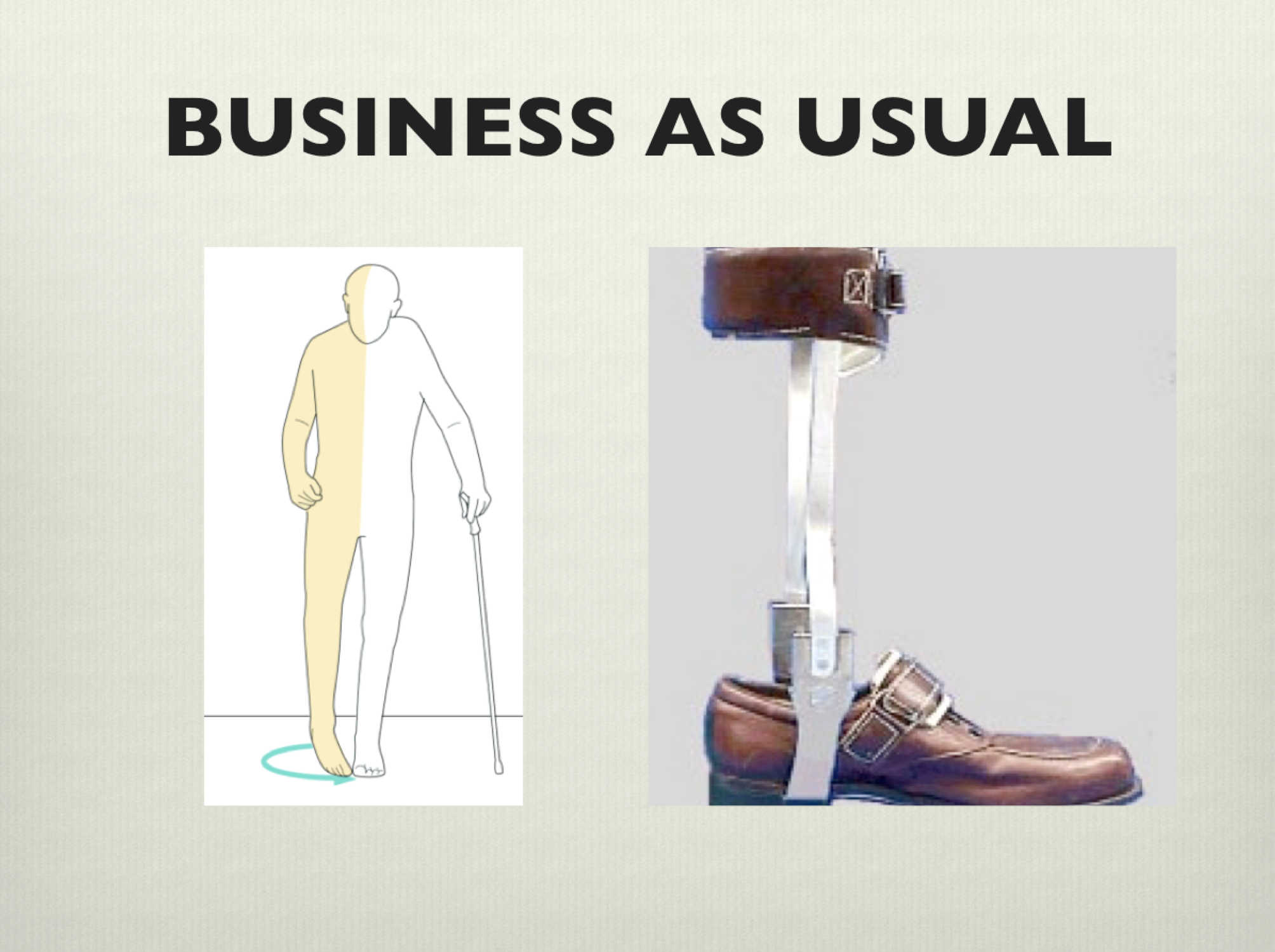
HOW TO WRITE YOUR OWN STORY
Apr 10, 2018If you could have ANYTHING YOU WANT, what would it be? Dude, think about that. Now, imagine for a minute, that you got it. You made it happen. Imagine how great that would feel. Here's the secret to making that happen.
"Be the author of your own story"
How? Imagine your future, understand the systems at play, design your plan, commit to implementing. Seriously, that's it! That's the secret to getting what you want - its really that straightforward. How to do this is the subject of this and my following articles.
Why bother? Well, if you're not charting your own path, writing your own story - you will be written into someone else's story and you won't be able to ensure how it turns out. That's the 'Business As Usual' scenario - don't settle for that.
Steve Jobs, the founder of Apple said,
“the most powerful person in the world is the story teller. The storyteller sets the vision, values and agenda of an entire generation that is to come”
Now that might be reaching for more than most of us want - but setting the vision, values and agenda for ourselves - that's how you can achieve success.
I'm always blabbing about #CumulativeEffects. The reason is that cumulative effects can be boiled down to simply the consequences of our choices in combination with the circumstances around us. Now, you have a choice:
you can let cumulative effects happen to you – have others write your story, or
you can use cumulative effects to create the future you want – write your own story.
So to get started, you first need to know three key elements of good stories.
1st there is the setting. Once upon a time in a land far far away….. Writers of fiction will frame this as the combination of time and geography. But our story isn't fiction - this is reality tv! So, where are you today? Think about not only where you live, but who are the people around you, what opportunities or barriers are on your path? While your physical environment is important, what's the state of your emotional & spiritual mindset? Are you optimistic or unsure?
In the context of landscape cumulative effects, this setting is the current state of the landscape, which is most often a watershed, or group of watersheds called a basin. And that landscape is made up of natural cover types like forests and lakes as well as human footprint like cities and highways. This could also be or include the state of the economy as measured by metrics like jobs, GDP and cost of living or the state of society measured by quality of life, connection to community, access to healthcare, etc.
2nd, the drama in a story happens when change comes about. This is called the plot. Are you reacting to change or creating it?
In landscapes, change comes from two sources: Mother Nature through natural disturbance like wildfire or climate change, and human disturbances like agriculture or energy development.
And 3rd, every story needs characters. These characters drive and respond to change in the plot. The relationships between these characters are often the most compelling part of the story. Thinking of your story, the characters are the things you care most about - your key priorities like financial wellness, having fun, romance, religion, health and physical fitness.
When we look at cumulative effects in watersheds the characters are in three categories: economic, social and environmental indicators. Sometimes these are referred to as “Valued Components”.
Let me share an experience of mine that convinced me of the power of writing our own stories – that is, starting with the end in mind and not just letting the future happen to us.
Once upon a time I was 14 years old and growing up in Cold Lake, Alberta, Canada. I was a happy and healthy kid, very active in sports including ice hockey, soccer, golf, water skiing. I had a great family, a few good friends and I was doing well in school it. All in all, things were pretty great!
Then came change.

My parents had bought some land at Crane Lake and we were building a cottage there to enjoy on weekends and holidays. One afternoon while working on our cottage there was an accident. I fell off his stepladder into a pile of cut firewood where I had previously put a chisel we were using. I fell on the chisel and it pierced right through my left thigh, in one side and out the other, severing 60% of the sciatic nerve.
I was really lucky!! A millimeter or two over and it would have cut my artery and I would probably have bled to death in 30 seconds. I was medevac’d by airplane to the closest city, Edmonton Alberta, and after an eight hour operation where a very skilled Neuro surgeon sewed my sciatic nerve back together through a microscope, I commenced physiotherapy diagnosed with a condition known as a drop-foot.
Now the standard story for cases like mine even technology and the injury was as follows. I would be able to learn to walk again but would have a pronounced limp and require either a king or to wear an ugly metal brace. I would never run or play running sports again. When you don’t really want to stick out. With my brace and new walk, I felt like you could see me from 100 Miles away and of course it felt like everyone stared. I thought they couldn’t help it, I was so weird looking.
So I had a choice. I could just accept this outcome and make the best of it (Business As Usual) or, I could write my own story (Barry’s Scenario). With more than full support from my family, a few close friends and my spiritual faith, I imagined a future where I was my active healthy self again, no canes or braces - not held back at all.
There were very many challenges and some things I could not overcome, but I did throw away the cane and the braces and I have lived Barry’s story. I played competitive hockey, soccer, and golf. I learned to slalom water ski, spent much of my career hiking all over British Columbia’s mountains as a Forester, and now I run marathons for vacations.
I think the accident was a gift to me with a purpose. It gave me the opportunity to embrace change, to learn how to adapt and to set a course for a future I wanted instead of just letting business as usual happen to me. It also taught me the value of collaboration and support from others. This has been a tremendous guidance for me as I try to help others create their desired future.
The next few Blogs will be a #howto of the steps to describe the setting, design the plot and develop the characters in your story.
What's your story?
Connect with me here on Linked In. In addition, subscribe to this blog and I'll send a quick note when new articles are available for you. Leave me your comments, ideas and suggestions below - help me make these how to's as beneficial as possible for everyone. Thanks!! -Barry





